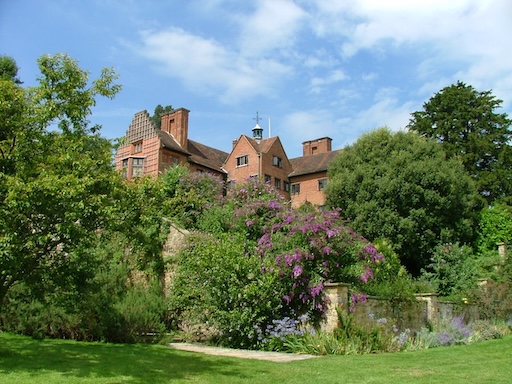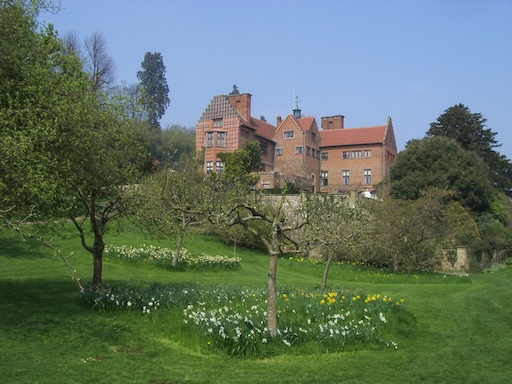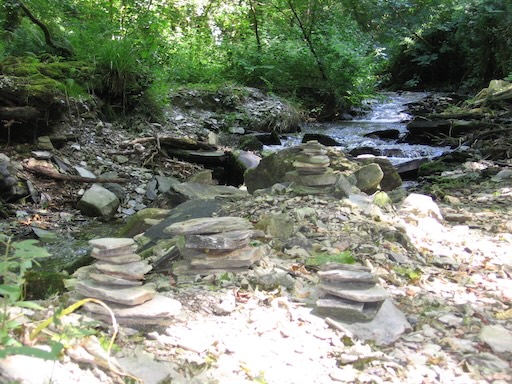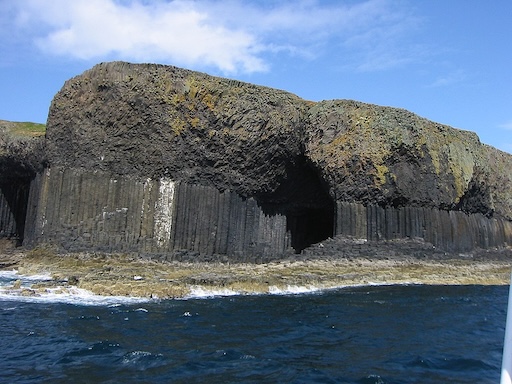
In the rolling hills of Kent, tucked behind a hedge of history and hedgerows, lies Chartwell House — the beloved home of Winston Churchill, Britain’s wartime Prime Minister, Nobel Prize-winning writer, and world-class orator. This isn’t just a country estate; it’s a window into the soul of a man who helped shape the fate of the 20th century.
Chartwell isn’t grand in the way of palaces or castles. But step through its doors and you’ll feel something rarer: a living connection to courage, contemplation, and quiet triumph. This is where Churchill painted, wrote, read, wept, and raised pigs. Yes, pigs. Let’s dive in.
A Place Chosen by the Man Himself
Churchill bought Chartwell in 1922 after spotting it while horseback riding. The view across the Weald of Kent struck him like a lightning bolt — a “magnificent prospect,” he called it. With that, he decided it would be his home “for all his days.”
The house was rebuilt and personalized with the help of architect Philip Tilden, blending red brick, gables, and warm wood interiors that suited both his stately ambitions and domestic comforts. Unlike many historic homes, Chartwell feels... lived in. Because it was.
Inside the House: Books, Brandy, and Bulldog Spirit
Walking through the rooms of Chartwell is like slipping into Churchill’s smoking jacket. His study remains much as it was — filled with papers, books, and that iconic red dispatch box. The bedroom overlooks the valley. The dining room still echoes with debates, toasts, and laughter.
There’s a tangible warmth in every corner. Family photographs line the hallways. In the drawing room, you’ll spot Clementine Churchill’s embroidery beside her husband’s oil paintings. There’s a tenderness here that history books often overlook.

The Studio of a Secret Artist
Few know that Churchill was a prolific painter — over 500 works in oils and watercolor. And he didn’t dabble. He dove headfirst into the craft, calling painting his “greatest joy in life outside politics.”
Just steps from the main house is his art studio, flooded with light and lined with unfinished canvases, brushes, and wooden easels. Many works depict landscapes from Chartwell itself — the lily pond, the brick walls, the golden afternoon light.
For a man known for speeches, Churchill was just as passionate about silence. This was his refuge — where he could quiet the roar of war and politics with the hush of brushstrokes.
Gardens Built by Hand and Heart
The gardens at Chartwell aren’t just ornamental — they were personal. Churchill helped design the brick walls, the lakes, and even built parts of it with his own hands. He once wrote, “A day away from Chartwell is a day wasted.”
The goldfish pond, the walled rose garden, the orchards — all bear the stamp of a man who adored his land as much as his library. Even the pigs and butterflies had a role to play here. Churchill kept black swans and was known to feed them personally.

From War Room to Retreat
While Churchill fought wars and delivered rousing speeches in Westminster, Chartwell remained his sanctuary. After World War II, he almost lost the house due to financial trouble. Admirers and supporters secretly pooled funds to buy it and allow him to stay for the rest of his life — a gesture of deep national gratitude.
When he died in 1965, Chartwell was passed to the National Trust, as he had wished. Today, visitors from around the world come not just to admire its beauty, but to feel Churchill’s presence — strong, complex, and strangely comforting.
The Little Details That Linger
What makes Chartwell unforgettable isn’t the history alone. It’s the little personal things. The cigar humidor. The letters to his daughter. The pond where he watched newts. The brush strokes on a half-finished canvas. The sense that here, in this quiet Kentish home, lived a lion who sometimes just wanted peace and pigs and a good view.
A Hidden Wonder of England
In a land full of castles and cathedrals, Chartwell House stands apart. It’s not just a monument to power — it’s a tribute to personality. A reminder that history isn’t made only in Parliament or on the battlefield, but also in quiet studies, rose gardens, and humble studios.
Visiting Chartwell feels like sitting down for tea with Churchill himself — maybe with a paintbrush in one hand and a brandy in the other. It’s warm. It’s thoughtful. And yes, it’s wonderfully British.
Share this story and inspire others.
Tags: Chartwell House, Winston Churchill, Churchill home, historic houses England, Kent tourism, British Prime Minister house, Chasing Hidden Wonder UK, secret England places
 St. Nectan’s Glen – A Hidden Waterfall Steeped in Celtic Legend
St. Nectan’s Glen – A Hidden Waterfall Steeped in Celtic Legend
 Puzzlewood – A Real-Life Fantasy Forest in Gloucestershire
Puzzlewood – A Real-Life Fantasy Forest in Gloucestershire
 Fingal’s Cave – Scotland’s Singing Sea Cathedral of Stone
Fingal’s Cave – Scotland’s Singing Sea Cathedral of Stone
 Tower of London – The Fortress That Guards History
Tower of London – The Fortress That Guards History
 The British Museum – Where the World’s Treasures Come to Stay
The British Museum – Where the World’s Treasures Come to Stay
 Alnwick Castle – Where Magic Meets Medieval Might
Alnwick Castle – Where Magic Meets Medieval Might